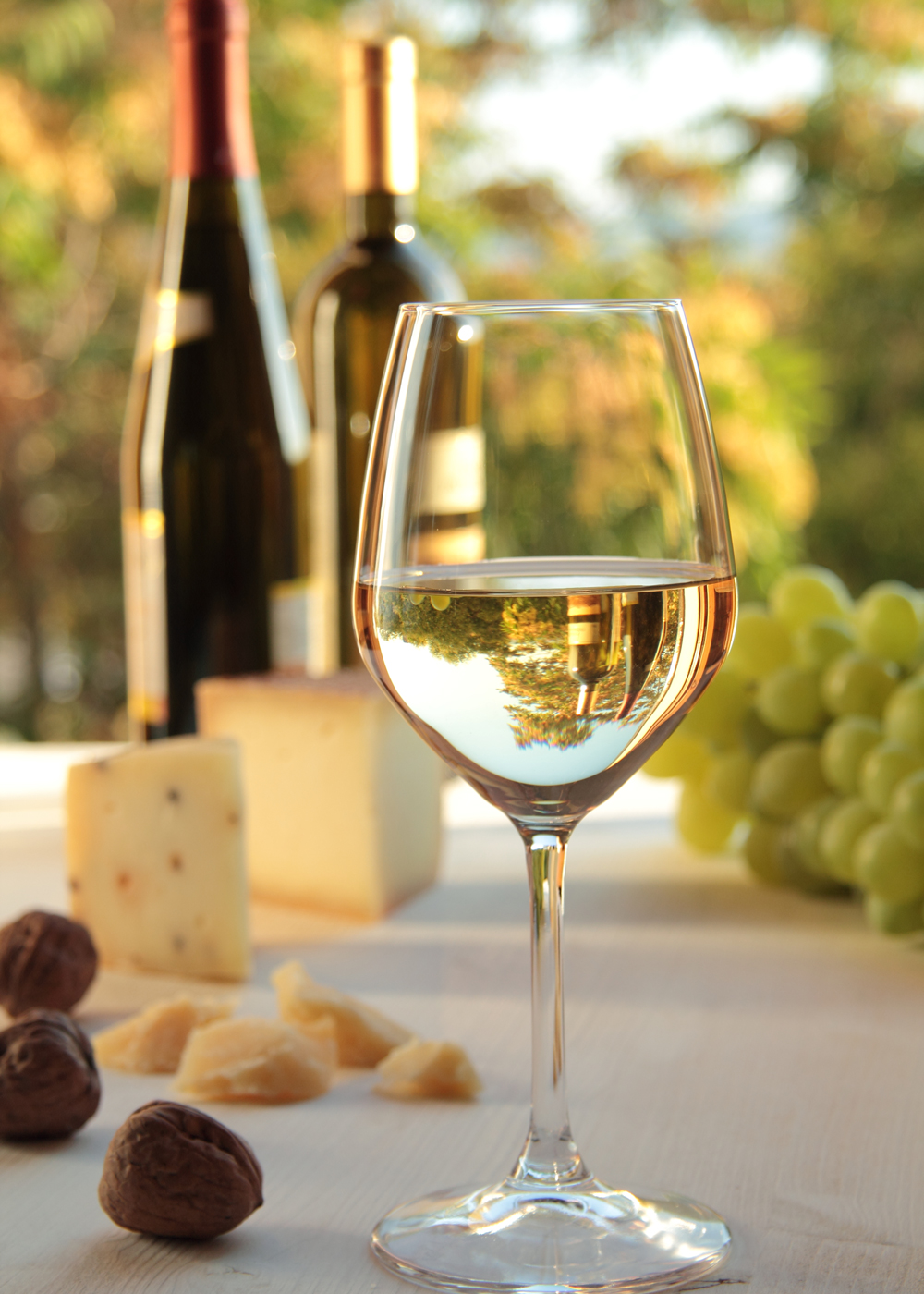The life of any wine begins in the vineyard, and this is where wine growers must make important decisions about how to care for their grape vines. Some producers believe that the best wines are made without using chemicals and pesticides – an alternative to the conventional methods typically practiced today. Below, we will break down the differences between natural, organic, and biodynamic wines, and provide tips on how to recognize which bottles fall into these categories.
Natural Wine
This term describes the modern wine movement in which producers have renounced the implementation of chemicals and excessive human manipulation during the winemaking process. Proponents of natural wine believe that this approach gives wines the ability to clearly convey their “terroir.” The concept of terroir asserts that wines represent the place where they originated. Many factors influence terroir, including climate, weather, topography, soil, and living organisms. Natural wines can be produced from grapes grown by sustainable, organic, or biodynamic viticulture.
Organic Wine

Organic wines are those produced through organic viticulture. Like other organic agricultural products, no pesticides, herbicides, fungicides, or chemical fertilizers may be used to grow organic grapes. Genetically modified grapes (GMOs) are also prohibited. Wine producers who follow organic viticulture place a stronger emphasis on preventative measures, in order to ensure the healthy growth of their vines. The process of converting a vineyard from conventional to organic viticulture is labor-intensive, expensive, and time consuming – three years are required to achieve an official third-party certification. Maintaining the vineyard can be challenging, so growers may employ a variety of techniques to overcome obstacles, including the use of organic compost to encourage microbiological diversity, cover crops to help the soil retain water, and natural treatments to combat infestations and vine diseases. Any additives used during winemaking, such as sugar or fining agents, should also be organic. In the United States and Canada, wine labels stating “organic wine” may not contain added sulfites, whereas those stating “made from organic grapes” may. Organic wines from the European Union may contain added sulfites. Certified organic wines will bear a certification symbol on their labels.
Biodynamic Wine

Biodynamic wines are produced through biodynamic viticulture, a system of agriculture first theorized by Rudolf Steiner in 1924. Some people view biodynamics as a stricter version of organic viticulture, while others may find it to be excessive or even scientifically unfounded. Biodynamic viticulturists see the vineyard as a self-sustaining “farm organism.” Nine herbal and mineral preparations must be used in the vineyard, while pivotal instances throughout the growing season are timed to coincide with the cycles of celestial objects, including planets, stars, and the moon. Biodynamic growers also allow livestock to graze within the vineyard. While biodynamic farming is controversial, some of the most esteemed wine producers in the world practice it either in the strictest sense or by adopting individual applications that they believe will benefit their wines. The most common symbol that appears on the labels of certified biodynamic wines is the Demeter Biodynamic trademark. France’s Syndicat International des Vignerons en Culture Bio-dynamique also certifies biodynamic wine producers, using the Biodyvin symbol on labels.



